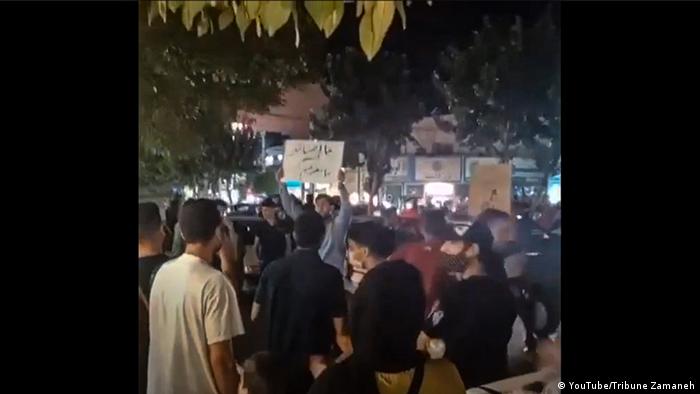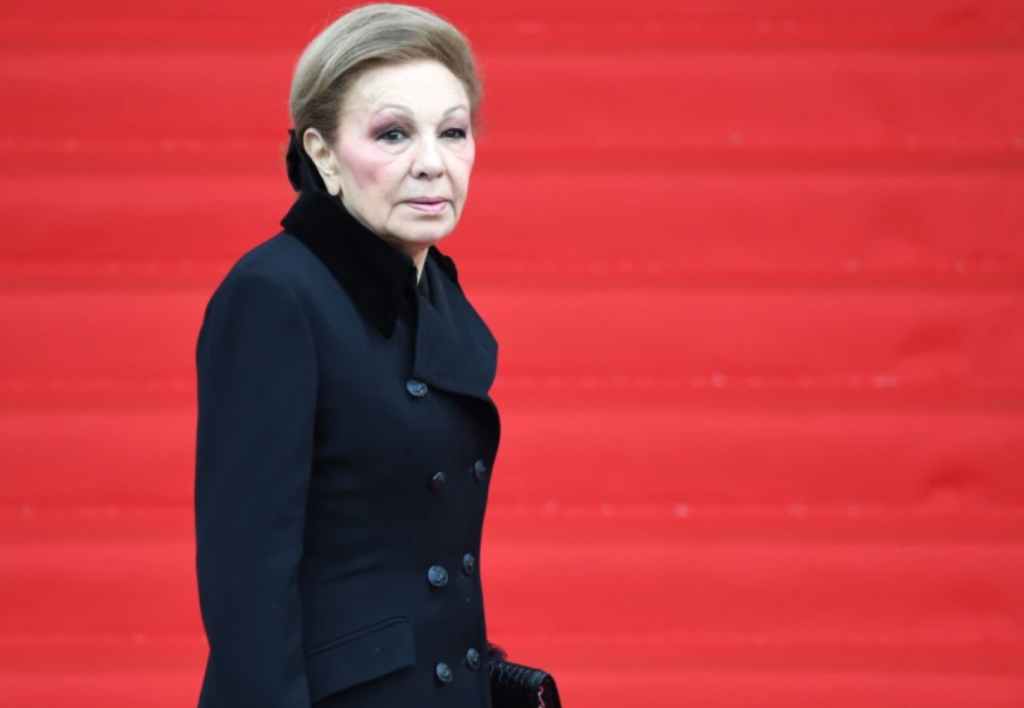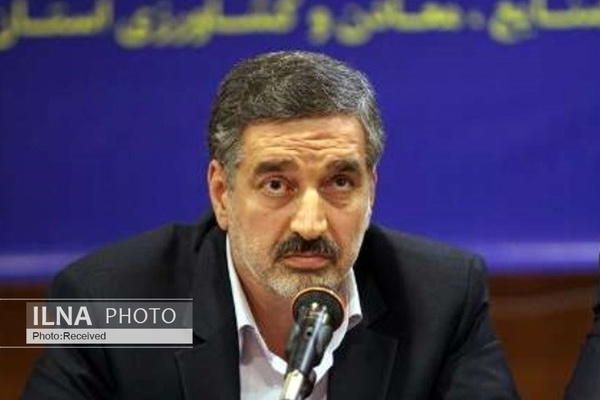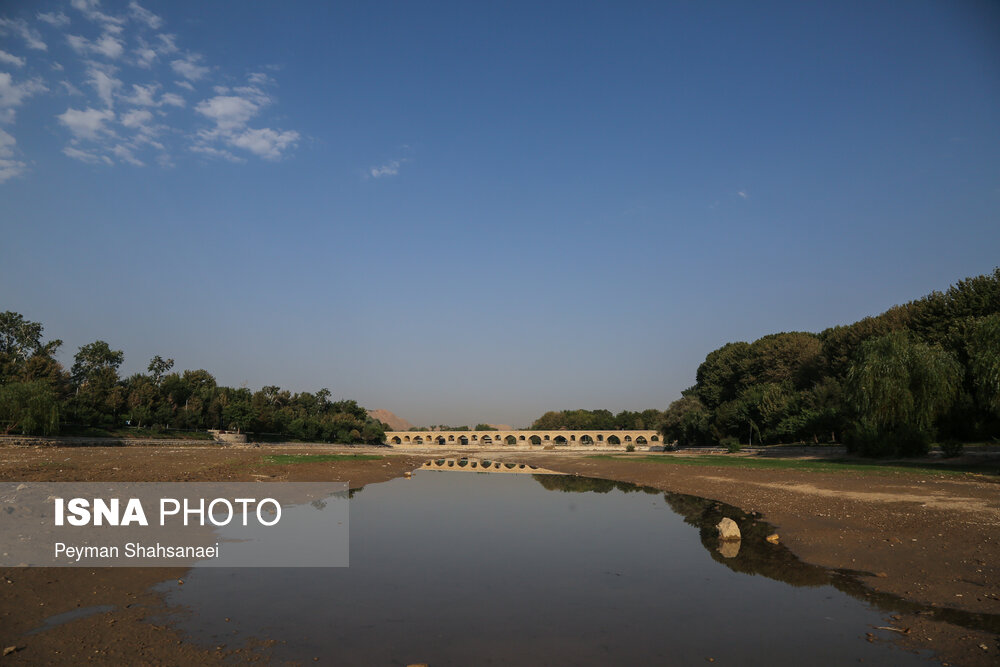
Continuous Impoverishment
The editorial of Tejarat, written by academic Mostafa Sharif, expounds on how more and more people are falling below the poverty line in Iran due to the flawed decisions made by the government.
Today we are witnessing statistics showing that society has plunged below the poverty line. When the poverty line changes due to severe inflation, incompetence and flawed decisions, those who are on the verge of this line fall below it and those who are above the line get closer to it. Another move and they too will be below the poverty line. This will continue as long as such decisions are made.
Iran needs a strong government and multifaceted management so that different parts can bolster each other. Any decision made regarding foreign policy must boost the economy, and likewise, any decision related to the economy must reinforce foreign policy. As a result of a combination of these policies, the country will move in the right direction and this will prevent the further impoverishment of society.
Large-scale decisions in Iran are made in isolation – more like islands – so they do not complement other policies, and the results of this can be witnessed now. Right now, workers and retirees are below the poverty line in Iran.
If there is transparency in Iran’s economy and people’s sources of income become clear, then there will be fewer problems. But when it is not clear how certain people are making money, those who have the necessary resources and means will become billionaires overnight with a mere change in prices.
This is the case in Iran’s economy without taking rent-seeking and corruption into account, whereas rent-seeking and corruption can be seen profusely in Iran. The overnight change in prices makes people who have several houses, cars or gold coins billionaires in Iran. In the meantime, the lives of many individuals like workers and retirees continue to deteriorate. Previously, a worker worked for 10 years and saved 50 percent of his income to buy a 50-meter house; under the current circumstances, even if he works for 50 years, he will not be able to buy a house.
We Are Condemned to Being Patient!
The editorial of Aftab Yazd underscores the poor performance of the Iranian government which has resulted in it losing popular trust and has left people with no viable options.
As far as the issues and problems in the nationwide public vaccination program are concerned, no one can bring about a drastic change. Iran has been through many ups and downs regarding vaccinations during the past six months. The reason for this failure is because this issue of national and vital importance has become politicized.
Iran’s performance has been poor both domestically and internationally. Domestically, many farfetched promises were made about Iranian vaccines, while this empty rhetoric really undermined the efforts of Iranian scientists. It was as if there was a race among the officials to make bigger and bigger claims and promises just to pretend that they were more successful in managing the coronavirus crisis. It must be acknowledged that the officials could have taken a more reasonable and logical approach about this issue so that they wouldn’t lose people’s trust.
On the international level, when it became obvious that we needed to import vaccines, the officials didn’t act properly and counted much too much on China and Russia. Now it has become clear that these countries haven’t kept their promises for giving vaccines to Iran.
President-elect Ebrahim Raisi has not announced any plans for vaccination and controlling coronavirus. But from what “hardline principlists” are saying on social media, one can gather that nothing is going to change in the short run.
So, we are condemned to being patient!
Pay Attention to Protests Over Water
The editorial of Arman Melli focuses on the recent protests over water in the cities of Khuzestan, underlining that people in this province are facing injustice and thirst.
Protesting over water is a public right, as it is a basic need for every human being and citizen. Today, most people in Khuzestan Province, which has a 5 million population, are thirsty and helpless. This province requires serious determination from the heads of the three branches of government to resolve the issue regarding the shortage of water in this province.
Everybody knows that the thirsty people in southern Iran are the most wronged in the country. As it was earlier reported by the media, transferring water for industries in the central parts of the country has been the main reason for the popular protests. People are thirsty, and if there is no water in southern Iran, there will be no development and progress.
Khuzestan is grappling with drought and a shortage of water, while it has three main rivers – Karun, Karkheh and Dez – which have been the main reason for the existence of ancient civilizations in Khuzestan for thousands of years. Now the question is: with all these rivers, how come water needs to be transported to 700 villages with water tankers? The answer is the diversion of water to other regions.
The officials do not pay attention to these issues, and it is not clear how this province’s Water and Sewage Organization spends its budget. No one knows what has happened to the $109 million international loan which was granted during the ninth and 10th governments for fixing the sewage system in Khuzestan in 2004.
As a result of lack of transparency in expenditure and not paying attention to infrastructure development, in winter we are witnessing flooding, and in summer there are severe droughts in this region. As there are not enough water purification systems, the limited amount of water is not managed and distributed correctly.
If people have taken to the streets and are chanting slogans against droughts and the diversion of water and some protesters are being shot and killed, it is a reminder of what the head of the Parliament’s National Security Commission said in 2017: “The water crisis in Iran has become a security issue!”
The public demand for water must be taken seriously, and if Khuzestan’s water resources are continuously squandered, everyone in the country will pay for it.
Water War in Southern Iran
Following recent widespread protests over the shortage of water in the cities of Khuzestan Province, the editorial of Arman Melli, penned by environmental expert Esmail Kahrom, urges that lack of precipitation, not using modern methods of irrigation, and excessive use of water have all resulted in the critical situation in this region – all pointing to a war over water as an actual possibility in southern and central Iran.
Once again, the water crisis has turned violent in the central and southern provinces of Iran. The shortage of water has triggered many protests by people and farmers. So far, these protests were in the central provinces like Isfahan and Yazd, but now the drought and water crises have spread to the southern cities in Khuzestan.
Iran has had the least amount of precipitation during the rainy season and the irregular use of water resources has resulted in the drying up of underground and surface water resources, meanwhile we are witnessing that the Hawizeh Marshes have only one fifth of their regular water, and thousands of villages in southern Iran do not have access to water.
The management of drinking and agricultural water must be regulated, because when underground water is used excessively and the precipitation is not enough to replace it, then people will not have enough water to drink.
The agricultural sector has been allocated a considerable amount of water. Most of this water is wasted due to not using new methods of irrigation. Moreover, a considerable amount of water is exported to other countries.
Today, due to the shortage of water resources and the increase in droughts, we are witnessing the migration of villagers to the cities and damage to marshes, lakes, rivers, etc. For example, in Khuzestan, there are more than 4.7 million people, 24.5 percent of whom live in villages. More than 700 villages in this province are facing tensions over water. All these issues suggest that the war over water is a probable reality: the shortage of water resources and the drying up of lakes and rivers have resulted in popular protests and anger in many cities.

Protests Spread From Khuzestan to Other Cities and Provinces

Rallies in solidarity with the protesters in Khuzestan Province have spread from Tabriz and Tehran to the city of Karaj. “From Karaj to Khuzestan, Unite!” and “Death to the Dictator!” were among the slogans chanted by protesters in Karaj.
Protesters in Tehran who were also showing solidarity with the people in Khuzestan chanted slogans like: “Neither Gaza, nor Lebanon, I sacrifice my life for Iran!” “Khamenei, Shame on you! Let go of the country!” and “Death to the Dictator!”
Protesters invited law enforcement personnel to join them.
“Neither Gaza, nor Lebanon, I sacrifice my life for Iran!” has been the slogan chanted by protesters since 2009 to show disagreement with the Iranian establishment’s policies in the region and Iran’s financial aid and arms supply to Palestinian groups and the Lebanese Hezbollah.
The protests in Khuzestan started on July 15 over the shortage of water and the Iran’s mismanagement and incompetence in tackling different crises in the country.
In the meantime, 55 journalists working for Iranian media outlets have issued a statement saying that Khuzestan’s internet is disrupted so that people cannot relate their narratives of pain and suffering.
These journalists have called for ending violence against the protesters in Khuzestan, condemning the “crackdown on people’s right to protest and suppressing the media that is trying to honestly reflect people’s suffering and demands.”
The journalists assert that incompetent managers who for years have censored the media and the press and persecuted independent journalists and reporters are now disrupting the internet to stop people from telling their stories of hard times in Khuzestan.
Children’s rights activists and organizations have also issued a statement calling for stopping the violent confrontation with protesters in Khuzestan: “What is happening to children and adolescents in Khuzestan and other places today will have no outcome but ingraining violence and vindictiveness in their minds.”
As a result of the water crisis in Khuzestan which has severely increased this summer, citizens in this province do not have access to drinking water, and the main sources of income of many households – i.e., agriculture and livestock breeding – have been seriously damaged.
“Don’t Shoot People” Says Farah Pahlavi to Iranian Military Forces

As protests have spread from Khuzestan to other provinces and cities in Iran, Iran’s former queen Farah Pahlavi, in a message to military forces and law enforcement agencies, demanded they must not shoot “wronged people” who “have taken to the streets for their most basic rights.”
In reaction to recent incidents in Khuzestan and pointing to the water crisis and the increasing spread of coronavirus in Iran, as well as to the “damage inflicted on Iran and Iranians over the past 42 years,” Farah Pahlavi praised the Iranian people for standing up for their legitimate demands, wishing them victory.
In the meantime, Michelle Bachelet, UN High Commissioner for Human Rights, called on the Iranian authorities to deal with the chronic water shortage crisis in Khuzestan instead of using force to crackdown on protesters in this province.
Bachelet expressed concern over the killing and wounding of protesters in Khuzestan, stressing that arresting and shooting people will only add to their anger and frustration.
The UN High Commissioner for Human Rights called the situation in Khuzestan “catastrophic” describing it as an outcome of years of negligence and carelessness on behalf of Iran.
Following the water shortage suffered in many regions of Iran including Khuzestan Province which has led to difficulties for citizens to access drinking water and has endangered agriculture, livestock breeding and the livelihoods of families in these regions, there have been popular protests in many cities of Khuzestan in recent days.
These nightly protests started in the eastern cities of Khuzestan and then spread to other cities and even other provinces.
In this regard, Amnesty International has also issued a statement pointing to the killing of eight people during the recent protests in Khuzestan and calling on the Iranian authorities to stop using arms and force against protesters.
So far, many domestic and international human rights, political and cultural organizations have condemned the measures of the Iranian military and security forces against protesters in Khuzestan, calling for addressing the protesters’ grievances, particularly the shortage of water in this province.
Russia Doesn’t Give Coronavirus Vaccine to Iran; Wants Main Share of Joint Production

While it was earlier said that Russia was going to give 60 million coronavirus vaccines to Iran, a member of the Iranian Parliament’s Health Commission says the Russians are after the main share of the joint production line of the vaccine that is being launched in Iran.
Morteza Khatami asserted that Russia has not fulfilled its obligations regarding vaccine delivery, saying that “it was expected that all products of this domestic line of production would belong to Iran, but Russia is going to receive the main share.”
Prior to that, the Iranian ambassador to Russia had announced on his Instagram page that the promised 60 million Russian vaccines will not be delivered to Iran. According to Kazem Jalali, the vaccines produced in Russia are for domestic use, and currently no vaccines will be sent to Iran.
Iran and Russia had signed a contract earlier this year according to which 60 million doses would be delivered to Iran by the end of 2021. Russia, however, hasn’t kept its promise so far, and now that the joint production line with Iran will probably start operation by the end of the summer, Russia is asking for the main share.
While purchasing vaccines from America and Britain has been banned by Iranian Supreme Leader Ali Khamenei, the prospect of producing domestic vaccines is not that bright.
Coronavirus vaccination in Iran moves forward very slowly. The Iranian Health Ministry announced on July 26 that out of the population of 84 million, so far more than 8 million people have received their first doses and more than 2 million people have received their second doses of the coronavirus vaccine.
Alireza Naji, member of the COVID-19 Scientific Committee, recently predicted that the number of deaths due to the coronavirus disease will rise in the coming days, and Iran will be facing the coronavirus pandemic for a long time.
Iran’s Power Plants Used 6 Billion Liters of Mazut Fuel; Zayandeh Rud’s Riverbed Dried Up

In a recent report, the Iranian Parliament’s Research Center announced that the country’s power plants used 6 billion liters of very pollutant mazut fuel last year, showing a 62 percent increase compared to 2017.
The Parliament Research Center’s figures show that since 2017, the government has constantly increased the use of mazut and diesel in power plants. Peak level use of mazut in these plants was last autumn which resulted in severe pollution in large cities.
Iran’s Energy Ministry has stopped releasing any statistics regarding the fuel used in power plants since 2019.
Oil Minister Bijan Zanganeh had repeatedly denied using mazut in power plants last year, but under pressure from criticism and after it was confirmed by Iran’s Department of Environment, Zanganeh had to eventually say earlier this year that “we have no other choice but using mazut in our power plants.”
Since Iran faces a shortage of gas during the cold season, it must use very pollutant fuels like diesel and mazut in power plants.
On a different note, Zayandeh Rud’s riverbed has dried up again due to the lack of water.
Given the severe drought in Isfahan Province and the decrease in discharge from the Zayandeh Rud Dam, this river, which is the symbol of this province and the historical city of Isfahan, has dried up again.
Zayandeh Rud, the largest river in Iran’s central region, is 40 kilometers long. But these days, what is left of it are a few puddles of water in its riverbed, according to ISNA.
Precipitation in the central Iranian plateau witnessed a 40 percent decrease and because of this 80 percent of Isfahan Province is struggling with drought. Currently, tankers carry water to 230 villages in this province.
In recent days, there have been widespread protests across Khuzestan Province because of the escalation in the water crisis and power outages.
